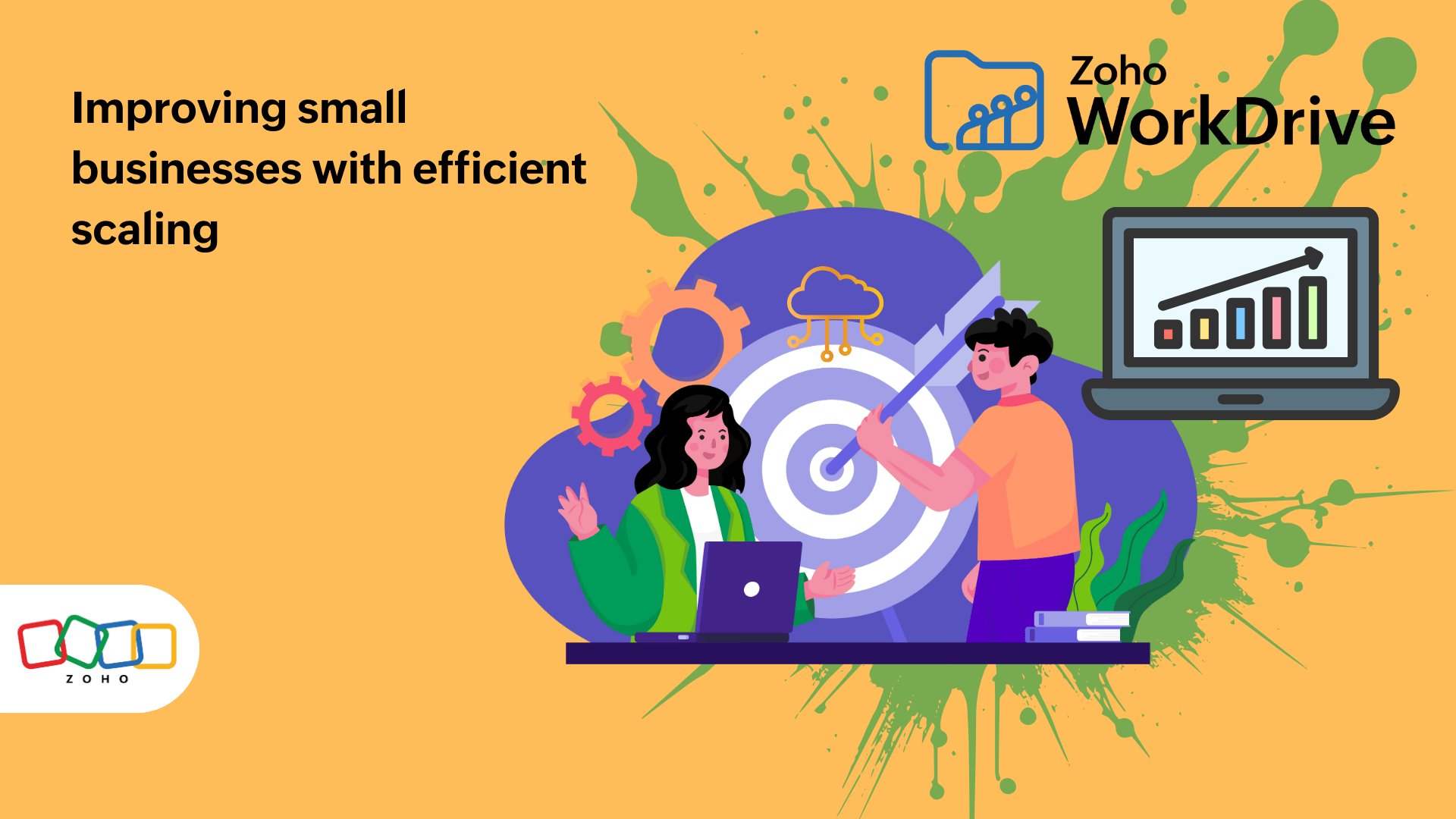- HOME
- Work Culture
- How multi-directional communication fuels performance and innovation
How multi-directional communication fuels performance and innovation
- Last Updated : December 15, 2023
- 6.1K Views
- 3 Min Read

Communication is crucial for any business and is necessary to building a healthy workplace. Back in the day, collaboration was mostly about working with people next to us or with those present in the office.
The information flow was either one-way or two-way: management would assign tasks, and employees would work on them and report back after completing them. These days, many of us work with multiple stakeholders from different time zones, so we need multi-directional communication—irrespective of role, team, or department—to get the job done.
Just like effective communication, it's important to streamline and manage all those exchanges of information from a single unified platform for better business outcomes. Particularly, companies need a robust solution to store and share their data securely.
What is multi-directional communication?
Multi-directional communication is a model in which information flows in every direction: downward, upward, horizontally, and externally. It ensures data is streamlined across the organization and beyond. Multi-directional communication breaks hierarchy and ensures that people can reach out to each other without barriers.
Now, let's explore the basic types of communication to understand the concept better.
Downward or top-down communication
In this type of communication, information comes from management to direct reports. This happens when leadership wants to convey instructions to employees and includes memos, circulars, or letters that are sent out to employees.
Upward or bottom-up communication
Upward communication flows from employees to a manager or any other personnel up the organizational hierarchy. This happens when management wants to know the progress of a project or an operation and includes reports, analytics, or survey results that are sent out to management.
Horizontal or lateral communication
In horizontal communication, information flows within a team or across departments within an organization. Workers within a department or team have to communicate effectively to keep everyone on the same page on specific tasks. For instance, a marketing team needs to work together on competitor analysis, event schedules, or social media copy.
Employees from different departments in an organization often need to collaborate on company projects and activities. For example, a PR team may need input from the marketing team to set up a campaign. With an interdepartmental collaboration option in hand, they can work better.
External communication
Many times, communication extends beyond your organization, such as working with a client on a joint-venture project. External communication flows from the organization to customers, vendors, or partners. In addition to email, instant messaging, and call options, you also need a secure way to work with your clients on documents like presentations, letters, or contract documents that are sent out to clients.
Which conditions facilitate multi-directional communication?
The two main factors that facilitate multi-directional communication are the availability of technology and organizational norms.
Technology and tools
A modern technology solution that allows employees to connect through different platforms is necessary for multi-directional communication to occur. These days, it is made possible by using various tools that offer instant messaging, text messaging, video conferencing, or file sharing and content collaboration.
Organizational policies
Organizational norms determine which types of communication are considered acceptable and appropriate within a company. Management has to come up with procedures to train their employees and provide the required tools to implement multi-directional communication.
For example, many companies are exploring new ways to keep their workforce connected while some don't want to give up their traditional mode of communication: email or phone. In order to carry out multi-directional communication, many organizations will likely have to change their policies.
Another scenario is that the management may introduce new technology tools and communication procedures to keep up with business trends. While before, their employees may have contacted and worked using email, now they may want their workers to communicate through video conferencing and collaborate on documents through file management systems.
Here, companies must provide their employees with the necessary resources and training sessions to ensure they can understand and use these modern tools better.
Multi-directional communication is an ever-developing process that grows through research, observation, and implementing changes. It has many benefits and a few drawbacks. Therefore, it is important to carry it out in a way that will benefit your organization.


